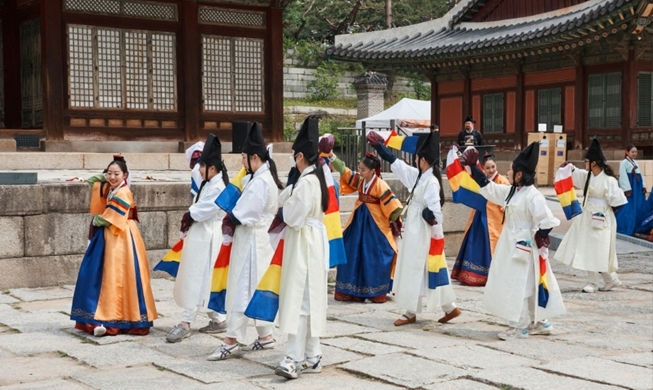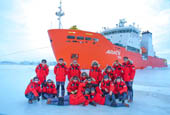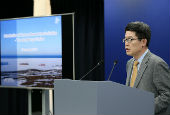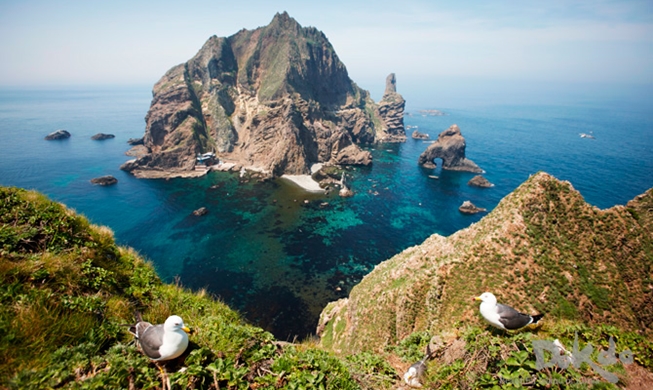-
 Korea.net's 24-hour YouTube channel
Korea.net's 24-hour YouTube channel- NEWS FOCUS
- ABOUT KOREA
- EVENTS
- RESOURCES
- GOVERNMENT
- ABOUT US
For the first time in the world, Korean researchers have discovered hydrothermal vents while exploring oceanic ridges along the bottom of the Southern Ocean, and have collected new species living around the vents.
The Korea Polar Research Institute (KOPRI) announced on Aug. 21 that it has been exploring underwater mid ocean ridges using the icebreaker Araon when it made the new discoveries.
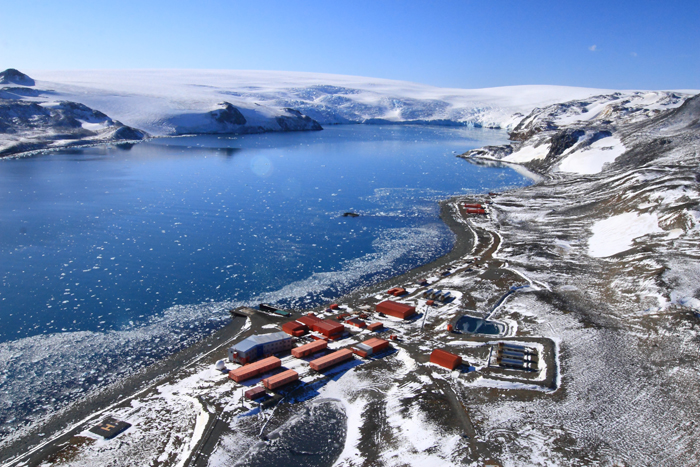
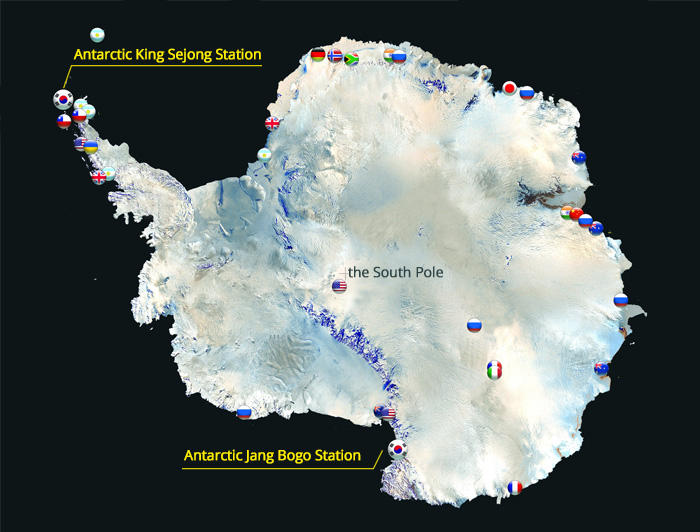
Warmer water discharged from the mid oceanic ridges provides energy to the deep sea, waters beyond the reach of sunlight, thereby creating an ecology.
In order to figure out the effects of such hot water on the composition of sea water, researchers analyzed the hydrothermal vents in the Southern Ocean, but it was not easy to approach the mid oceanic ridges due to unpredictable, turbulent sea conditions. Other nations that have research bases in Antarctica were not able to explore the mid oceanic ridges because of high waves and strong winds. The oceanic ridges in the Antarctic between it and Tasmania are the longest in the mid oceanic ridge system, but they have largely remained unexplored so far. The KOPRI researchers named the area of hydrothermal vents Mujin, meaning "a ferry surrounded by fog" in Korean.
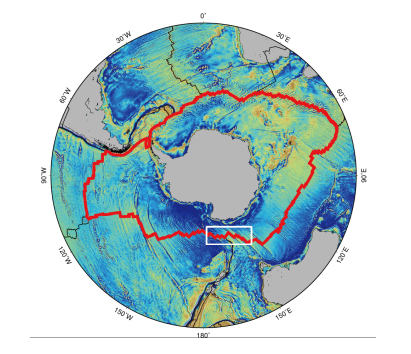
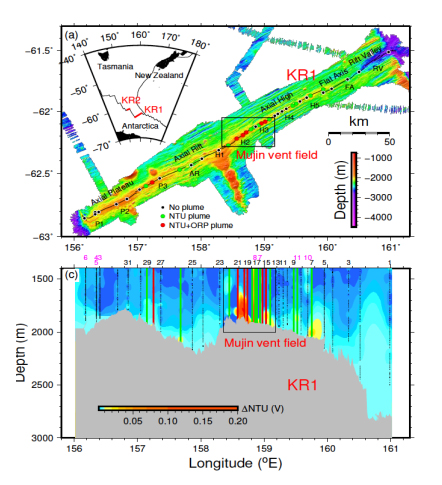
While looking at the Mujin vent field, researchers succeeded in discovering and collecting a few new species, including the kiwa crab and the seven-legged paulasterias starfish, both residents of the deep Antarctic Ocean. KOPRI explained that there is a possibility that there are unexplored hydrothermal ecologies in these waters, in addition to the oceanic ridges found in shallower waters.
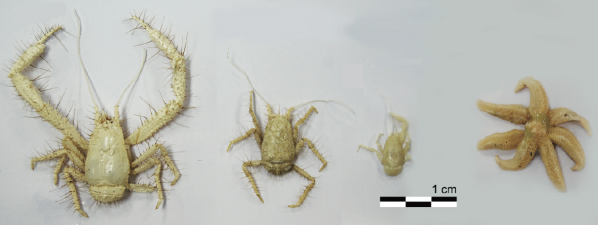
"Research took place in waters with 4- to 5-meter waves and strong winds," said Park Sung-hyun, spokesperson for KOPRI. "We have taken a big step in studying the distribution of hydrothermal vents in the Antarctic and their ecology."
Research results are expected to be released in the August edition of Geochemistry, Geophysics, Geosystems, an international journal.
By Limb Jae-un
Korea.net Staff Writer
Photos courtesy of the KOPRI
jun2@korea.kr
The Korea Polar Research Institute (KOPRI) announced on Aug. 21 that it has been exploring underwater mid ocean ridges using the icebreaker Araon when it made the new discoveries.

An aerial view of the Antarctic King Sejong Station.

The Antarctic King Sejong Station can be seen in the upper left, and the Antarctic Jang Bogo Station can be seen in the lower middle.
Warmer water discharged from the mid oceanic ridges provides energy to the deep sea, waters beyond the reach of sunlight, thereby creating an ecology.
In order to figure out the effects of such hot water on the composition of sea water, researchers analyzed the hydrothermal vents in the Southern Ocean, but it was not easy to approach the mid oceanic ridges due to unpredictable, turbulent sea conditions. Other nations that have research bases in Antarctica were not able to explore the mid oceanic ridges because of high waves and strong winds. The oceanic ridges in the Antarctic between it and Tasmania are the longest in the mid oceanic ridge system, but they have largely remained unexplored so far. The KOPRI researchers named the area of hydrothermal vents Mujin, meaning "a ferry surrounded by fog" in Korean.

The red line indicates the system of mid oceanic ridges that surrounds Antarctica. The white square is where KOPRI researchers recently discovered new vents and ecosystems.

The Mujin vent field can be seen in red. The darker the color, the more discharge of hot water.
While looking at the Mujin vent field, researchers succeeded in discovering and collecting a few new species, including the kiwa crab and the seven-legged paulasterias starfish, both residents of the deep Antarctic Ocean. KOPRI explained that there is a possibility that there are unexplored hydrothermal ecologies in these waters, in addition to the oceanic ridges found in shallower waters.

The kiwa crab and the seven-legged paulasterias starfish are both recently found in the deep waters of the Southern Ocean.
"Research took place in waters with 4- to 5-meter waves and strong winds," said Park Sung-hyun, spokesperson for KOPRI. "We have taken a big step in studying the distribution of hydrothermal vents in the Antarctic and their ecology."
Research results are expected to be released in the August edition of Geochemistry, Geophysics, Geosystems, an international journal.
By Limb Jae-un
Korea.net Staff Writer
Photos courtesy of the KOPRI
jun2@korea.kr








